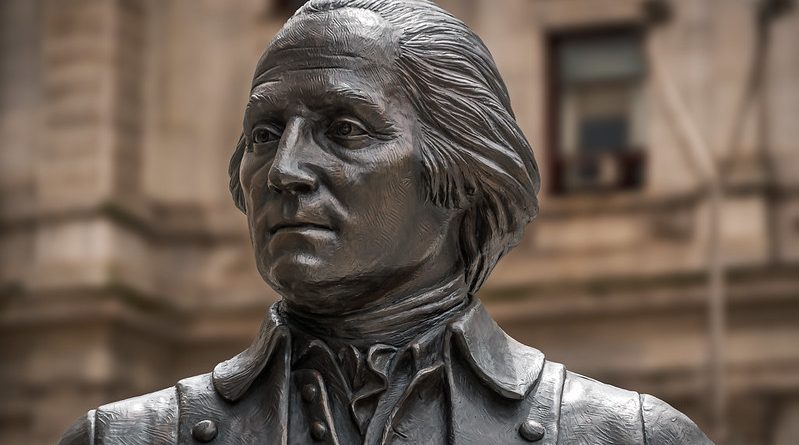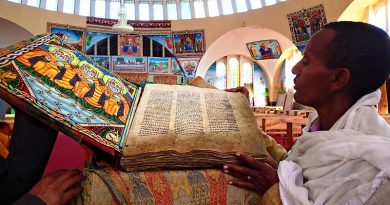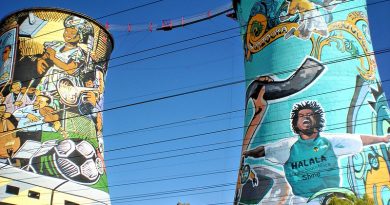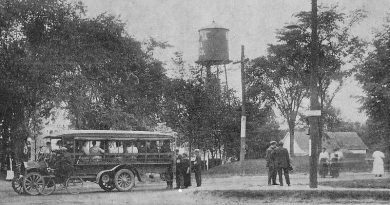Historic Walks: Philadelphia – Founding Fathers
1. The Arch Street Friends Meeting House (320 Arch St and 4th St)
This is the oldest , still functioning Quaker meeting house in the U.S. This is the oldest place of worship in town. The land was donated to the Quakers in 1693 as a burial ground for members by Pennsylvania founder and Quaker William Penn. The meetinghouse was built between 1803 and 1805 and enlarged in 1811 with the west wing. The original east wing now houses exhibits on the life of Penn, and the west wing is used for meetings of the congregation —and though it is open to the public, it is still in use by practicing Quakers.
2. Christ Church (22-26 North 2nd St. above Market St)
Founded as a colonial outpost of the Church of England, the site dates back to 1695. The current building was completed in 1744 and is known as “The Nation’s Church” as it has been attended by 15 signatories to the Declaration of Independence including George Washington, John Adams, and Benjamin Franklin. Christ Church is the birthplace of the American Episcopal Church and a National Historic Landmark continues its original function as an Episcopal parish attracting more than 250,000 visitors each year. Visiting hours Monday-Saturday 9:00 am – 5:00 pm. Sunday 1:00 pm – 5:00 pm (except special holidays). See www.christchurchphila.org for more information.
3. City Tavern (138 South 2nd Street, at the intersection of 2nd & Walnut St)
A faithful reconstruction of the original building which burnt down in 1854, City Tavern was frequented by virtually all the founding fathers and played a pivotal role in the revolutionary period as a central role for business, politics, and social life. It was rebuilt in the 1970s as a functioning tavern and restaurant. Open daily 11:30am – 10pm. See www.citytavern.com for more information.
Independence Hall (Chestnut St between 5th & 6th St). Completed in 1753, this was the principle meeting place where George Washington, John Adams, Samuel Adams, Patrick Henry and many more, met for seven weeks, hashing out the early ideas that would eventually be the foundation for the Declaration of Independence. It is is listed as a World Heritage Site, and was the original home of the Liberty Bell (now housed across the street in the Liberty Bell Center). Today it holds a Centennial Bell that was created for the United States Centennial Exposition in 1876. Independence Hall is open 9am – 4:30pm weekdays, 9am-6pm weekends.
4. American Philosophical Society (104 South Fifth Street, between Chestnut & Walnut St)
Founded in 1743 by Benjamin Franklin with a mission of “promoting useful knowledge in the sciences and humanities through excellence in scholarly research, professional meetings, publications, library resources, and community outreach” which continues to this day. Often described as America’s First Think Tank, membership is by invitation only but the museum is open to the public Wednesday – Friday: 10am – 6pm, Saturday & Sunday: 10am– 4pm.
5. Carpenter’s Hall (320 Chestnut Street, between 3rd & 4th St)
Built for, and still operated by America’s oldest trade guild ‘The Carpenter’s Company.’ Completed in 1773, it was the meeting place for the very first Continental Congress in 1774 and it was here that Congress resolved to ban further imports of slaves and to discontinue the slave trade within the colonies. Carpenters’ Hall is free to the public, visited by more than 150,000 tourists each year. Opening hours Tues-Sun 10am – 4pm. For more information see www.ushistory.org/carpentershall
Society Hill (Bounded by Walnut St & Lombard St North & South, & pier line of Delaware River & 8th St East and West) Named after the 18th century Free Society of Traders, these well-preserved 18th century streets house landmarks such as The Powel House, home of the first mayor of Philadelphia after the revolution. Society Hill is noted as a charming district with cobblestone streets bordered by brick rowhouses in Federal and Georgian style, many of which have been restored or replicated by the Philadelphia Redevelopment Authority aimed at the preservation of historic buildings after the area deteriorated between the nineteenth until the mid-twentieth centuries as the city expanded westward.




